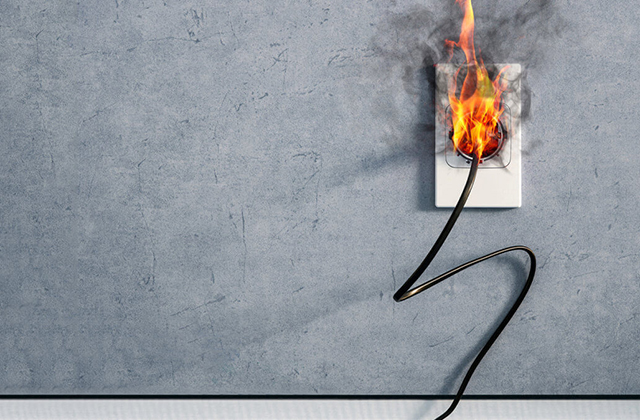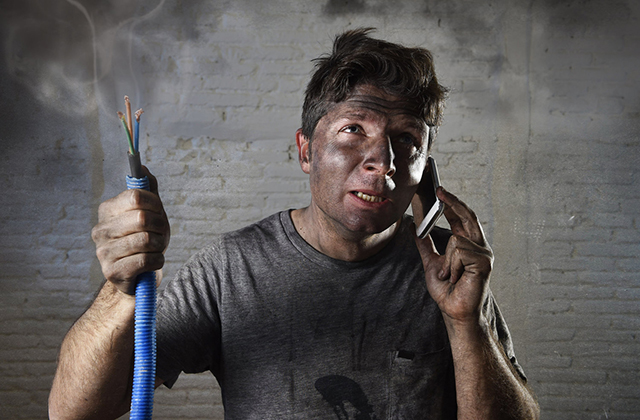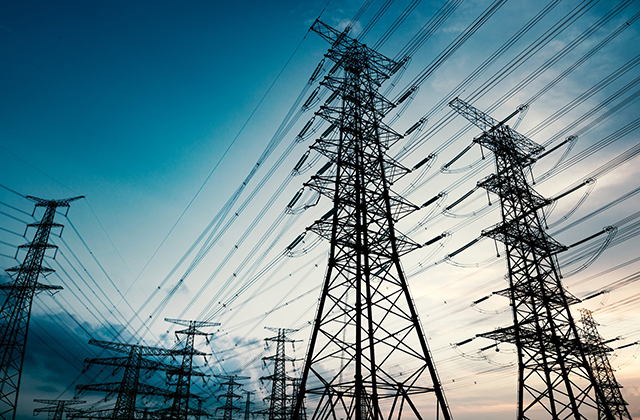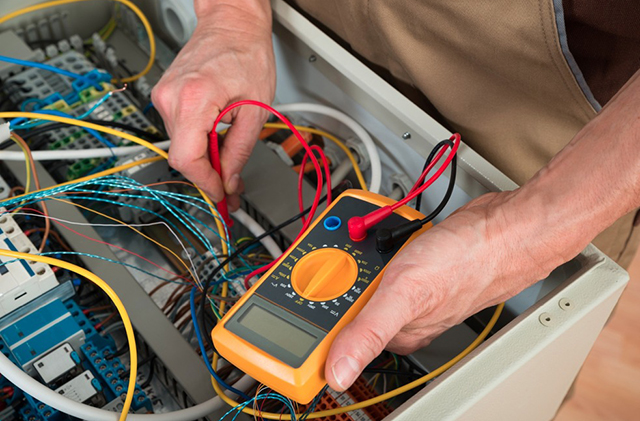A Do it Yourself Home energy audit is easiest if electricity is used exclusively for plug load and lighting. In the event that it’s also used for heating and cooling, it’s best to call in a home energy auditor so they can help you track down the air leaks in your home and help you figure out where to add insulation, weather-stripping, and plug air leaks to bring your heating bills down — or you can calculate plug load in the non-heating season. Chances of getting a job as an electrician Brisbane Southside are good due to a construction boom and a shortage of trained workers.
In our home’s case, I know our electricity use is entirely plug load and lighting since we use natural gas for heating, hot water and cooking. So, there are two parts to an electricity audit: the first involves calculating your lighting load, the second is calculating the appliance and other electronics load. Calculating the lighting load using the following method is straightforward since no extra equipment is required and all the information you need is written on the light bulb (usually).
Calculating lighting load: Decide whether you’re going to start from the top or bottom of your home, but work your way systematically from the front of your house to the back visiting every room, bathroom and closet that has lights. Note your ceiling lights, table lamps and undermount lights, their wattage and estimate how much time they’re on each day. Include closets if they have lights in them.
In our kitchen there are six 50 watt halogen lights that are on in the morning for 1 hour for six months of the year and 2 hours for six months. In the evening, the six lights are on for three hours in the summer and five hours in the winter. There are also two incandescent hanging lamps which are on for three hours in the evening. So, calculating the amount of electricity the kitchen lighting load for an average day (estimate 1.5 hours per morning, 4 hours per evening for a total of 5.5 hours per day).
6 lights x 50 watts/light x 5.5 hours per day + 2 lights x 60 watts/light x 3 hours per day = 2,010 watt-hours per day or 2 kwh per day. Therefore, in one month the kitchen lights use 61 kwh of electricity.
Repeat this process for every room in your house and add up your total lighting consumption at the end. The results will tell you how much of your total electricity bill is dedicated to lighting. In our house, I estimate that our lighting bill accounts for 20% of our total electricity bill before central air is turned on.
Finding your electricity hogs: So, if lighting only accounts for 20% of our home’s total energy use, where is the other 80% coming from? Appliances, computers, TVs, digital boxes, stereos, cellphone and game chargers, gaming stations, alarm systems, digital clocks and of course, air conditioning.
There are plenty of websites that will give you approximate information about how much electricity your plugged in electronics, small appliances and major appliances use. But if you’re Type A like me, then you might be interested in determining exactly where you’re using the most energy instead of just making educated guesses. There are a few reasons to do it this way: one is that the results may surprise you — perhaps you thought it was your four-year old dryer that was using the most energy, but in fact it might be your 15-year-old deep freeze — especially when you consider that it runs 24-7- 365. Another surprise might be seeing how much energy your TV-Surround Sound-Gaming System use — even when it’s off (because it’s not really off, it’s in standby, still drawing electricity, commonly referred to as phantom power).
Measuring the electricity draw of each device is fairly simple, but to do it properly, you’ll need a few tools.
1. Pencil/pen and paper for recording your findings,
2. Calculator for the math-challenged like myself,
3. Energy monitoring device such as a Kill A Watt EZ monitor or PowerCost monitor. Amazon.ca sells energy monitoring devices, and Canadian Tire sells a Blue Planet Energy Monitor. I’ve also read that some libraries, such as the Ottawa Public Library, will loan out the Kill A Watt.
Go through each room in your house, identify everything that is plugged into a wall aside from lamps — which you’ve already done in part I. Don’t forget to measure things that might be put away but are used on a daily basis. Below is a list of some, but not all, of the possible electricity using devices in each room. Generally though, you only need to count the items you use daily or weekly.
Bedrooms contain a variety of items from clocks/iPods and chargers, TVs, digital boxes, DVD players, computers, in addition to lamps and overhead lighting.
Bathrooms have a lot of appliances that you might use in the morning getting ready for the day including hair dryers, curling irons, straightening irons, etc. These items can use a lot of electricity even if it’s only for a short amount of time.
Kitchen. All those small appliances that get used daily including toasters, toaster ovens, coffeemakers, microwaves, hand blenders, etc. can really add up. Also try to determine how old your fridge, dishwasher and oven are, using the PowerCost monitor you can determine how much electricity each appliance is consuming. For a rough and ready estimate, visit The Office of Energy Efficiency for the Government of Canada for a chart on how much electricity appliances consume.
Laundry room. Washer and dryer, iron, steamer.
Living room/Family room/Great room. Stereo, TV, DVD player, surround sound system, digital TV PVR box, gaming system, video player, musical instruments such as electric amps, guitars, keyboards.
Home Office. Computer, monitor, speakers, printer, scanner, photocopier, telephone, cellphone charger, wireless router, modem, etc. If you’re using a measuring device, be careful about unplugging and replugging devices back in as some cause an automatic reset on devices. Check your manuals first.
Furnace and utility room. Dehumidifier, furnace fan, electric hot water heater, central air conditioner, alarm system, whole home sound system, sump pump, etc..If you still have access to the manuals, for some of these devices it would be better to check them for electricity consumption or look up their energy consumption online. Some items are better left untouched unless you know what you’re doing — in this case a measurement device like the Power Cost monitor is better than the Kill a Watt because it measures pulse changes in your electricity consumption and devices don’t need to be unplugged.
Garage and outside. Lawn mower, weed wacker, whipper snipper, garden lighting, pool heater, hot tub heater, cabana lights/fridge, stereo, etc.
For each of these devices estimate how much time they’re on for daily, multiply the wattage by time and divide by 1000 to get the number of kilowatt hours they’re drawing. Ex:
number of hours device is on x watts / 1000 watts = x kilowatt hours.
so, for a hair dryer that draws 1000 watts that’s used for 10 minutes or 1/6 of an hour daily
1/6×1000/1000= 0.167 kwh daily.
At this point we’re just recording how much electricity each device uses and estimating how much it gets used. You should have accounted for, in theory, about 90-95% of your overall electricity use after systematically going through each room in the house.
Once you’ve totaled everything, you will be able to see just how much electricity each of the appliances and lights in your house are using. This knowledge gives you the power to make better decisions and create an action plan as to how to lower your electricity consumption, whether through adjusting behaviour, replacing outdated appliances, or putting game consoles and computers on timers. Get in touch with energy savers suggestion by our electrician.
Cathy Rust is a LEED Accredited Professional who writes about green building materials, energy and water efficiency at BEC Green. She provides information on what’s available and where to buy green building materials and energy efficiency products and services in Toronto and surrounding area. For more information on available eco-friendly building materials and energy efficiency tips, visit: “BEC Green”
Article Source: http://EzineArticles.com/expert/Cathy_Rust/296255
Article Source: http://EzineArticles.com/6982163









